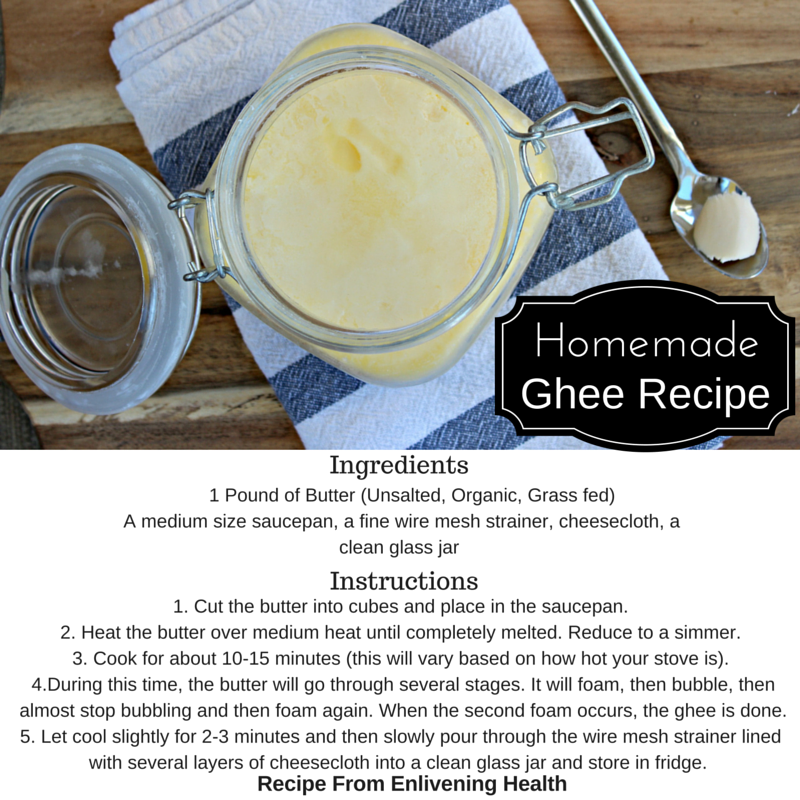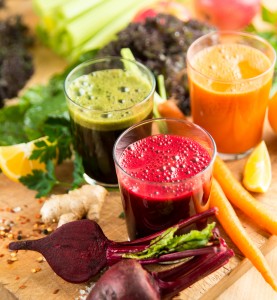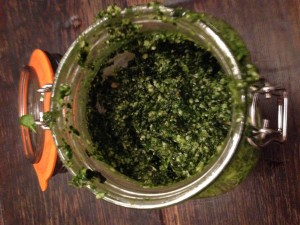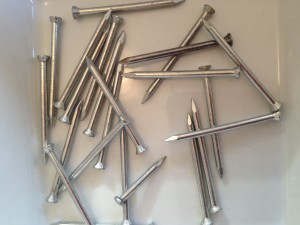What are superfoods?
We examine the evidence behind the health claims of 10 of the most popular so-called superfoods.
So-called, because there is no official definition of a “superfood” and the EU has banned health claims on packaging unless supported by scientific evidence.
But that hasn’t stopped many food brands from funding academics to research the health benefits of their product.
The superfood trend exploits the fact that healthy lifestyle choices, including diet, can reduce our risk of chronic diseases like heart disease, stroke and cancer.
The food industry wants to persuade us that eating some foods can slow down the ageing process, lift depression, boost our physical ability, and even our intelligence.
Many of us want to believe that eating a single fruit or vegetable containing a certain antioxidant will zap a diseased cell.
The problem is that most research on superfoods tests chemicals and extracts in concentrations not found in the food in its natural state.
Garlic, for example, contains a nutrient alleged to help reduce cholesterol and blood pressure. But you’d have to eat up to 28 cloves a day to match the doses used in the lab – something no researcher has yet been brave enough to try.
Foods that have been elevated to superfood status in recent years include those rich in antioxidants (such as beta-carotene, vitamins A, C, E, flavanoids and selenium) and omega-3 fatty acids.
Antioxidants are chemicals thought to protect against the harmful effects of free radicals, which are chemicals naturally produced in every living cell and known to cause cell damage.
However, evidence about this and other health benefits of antioxidants is inconclusive. In a review of the scientific evidence in 2011 (PDF, 188kb), the European Food Safety Authority (EFSA) found no evidence that the antioxidant action on free radicals observed in the lab was of any benefit to human health.
On the other hand, some research suggests that certain antioxidant supplements may be harmful (PDF, 2.72Mb).
While the concept of a “miracle food” remains a fantasy, it’s pretty well-established that obesity and alcohol are the two most common causes of major long-term illness and increased risk of premature death.
Importance of a balanced diet
Diet plays an important role in our health, but there is concern that too much focus on individual foods may encourage unhealthy eating.
“No food, including those labelled ‘superfoods’, can compensate for unhealthy eating,” explains Alison Hornby, a dietitian and spokesperson for the British Dietetic Association (BDA).
“If people mistakenly believe they can ‘undo’ the damage caused by unhealthy foods by eating a superfood, they may continue making routine choices that are unhealthy and increase their risk of long-term illness.”
Dietitians avoid the term “superfood” and prefer to talk of “super diets”, where the emphasis is on a healthy, balanced diet, rich in fruit and vegetables and wholegrain foods.
There is good evidence that the Mediterranean diet can reduce the risk of some chronic diseases and increase life expectancy.
This diet includes plenty of fruit and vegetables, olive oil and legumes, and less meat and dairy foods than the typical Western diet.
Hornby says: “When it comes to keeping healthy, it’s best not to concentrate on any one food in the hope it will work miracles.
“All unprocessed food from the major food groups could be considered ‘super’. All these foods are useful as part of a balanced diet.
“You should eat a variety of foods, as described by the eatwell plate, to ensure you get enough of the nutrients your body needs. Focusing on getting your five portions of fruit and vegetables a day is a perfect way to start.”
We’ve teamed up with the BDA to look at the best available research to see if the health claims of 10 popular “superfoods” add up. Click on the foods listed below to see the evidence:




